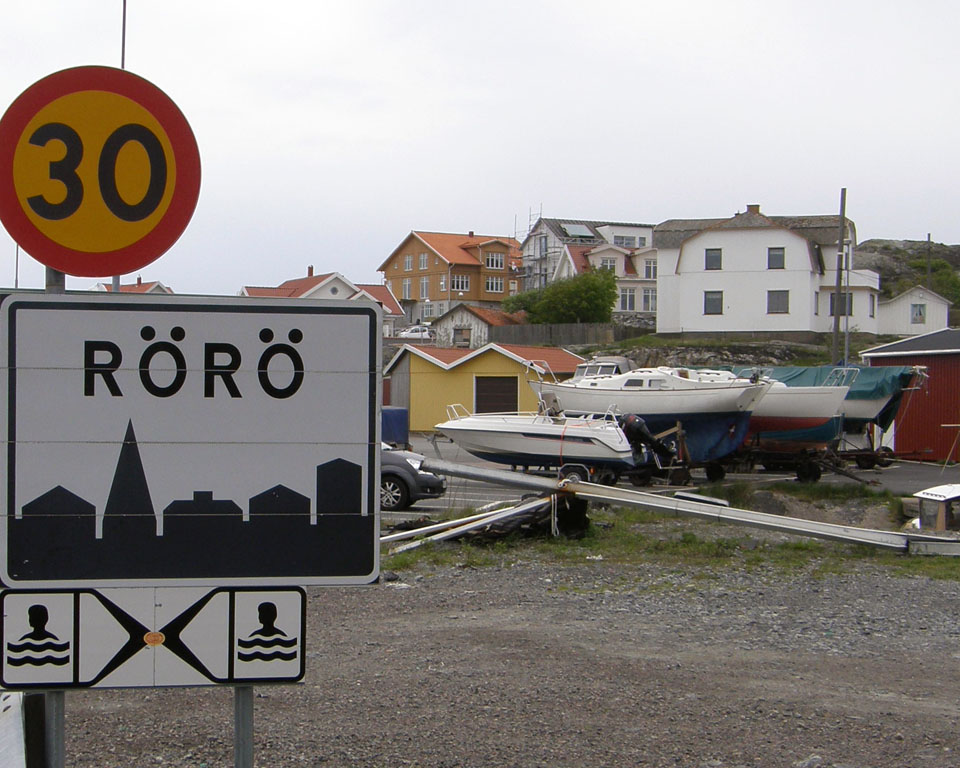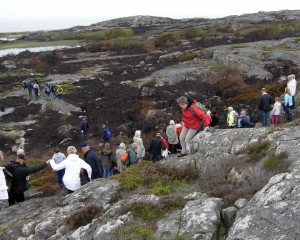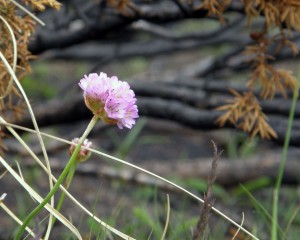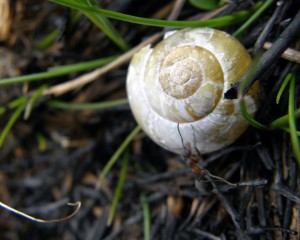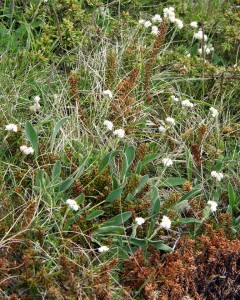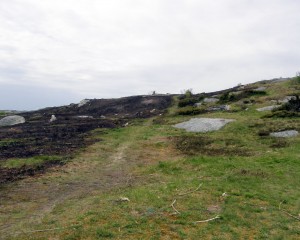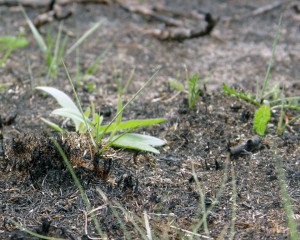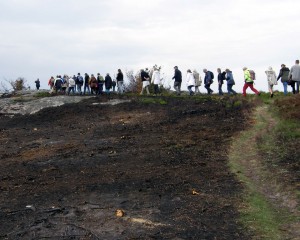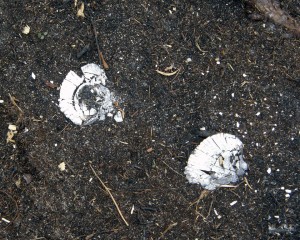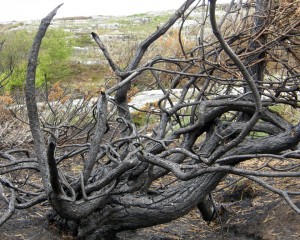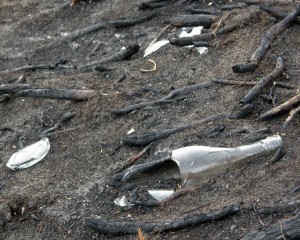Walking the burned land of Rörö island in the Gothenburg archipelago after a controlled burn-off to restore an open landscape
On Saturday 19th May 2012 I took part in a guided tour on the island of Rörö. Rörö is the most northerly of the islands in the Gothenburg archipelago and it takes a couple of hours by bus, ferry and foot to get there. All the archipelago islands are made up of granit rock with a thin covering of soil. For centuries the inhabitants lived by fishing and letting their livestock graze on whatever vegetation managed to grow there. This resulted in a very special ecosystem.
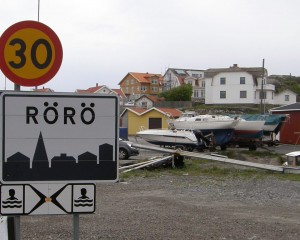 In the last 40-50 years, changes in lifestyle have meant fewer and fewer grazing animals and econ systme has come out of balance. In particular heather, juniper, sloe and stunted birch trees have come dominate the islands and are threatening a number of other species of plant, insect and reptile, many of which are already on the IUCN Red List.
In the last 40-50 years, changes in lifestyle have meant fewer and fewer grazing animals and econ systme has come out of balance. In particular heather, juniper, sloe and stunted birch trees have come dominate the islands and are threatening a number of other species of plant, insect and reptile, many of which are already on the IUCN Red List.
In an attempt to reverse the development, several regional councils in Sweden together with the EU, have set up the GRACE Project. The GRACE project is 50% funded by the EU’s LIFE fund.
The practical result of this on Rörö is that different sections of the island will be burned off in a controlled manner for three years in succession, and animals (initially sheep and Shetland ponies) will be introduced to graze the new growth. The hope is that this will be enough to restore the ecosystem to balance and save the threatened species.
The first burning took place earlier this spring and yesterday’s guided walking tour was to view the burnt ground and learn more about the project, and the plans and aspirations of the people conducting it.
I joined the beginning of the tour, but quickly realised that clambering over rocks was not something my knees were keen on. I slipped away from the tour and went on a private photo safari.

